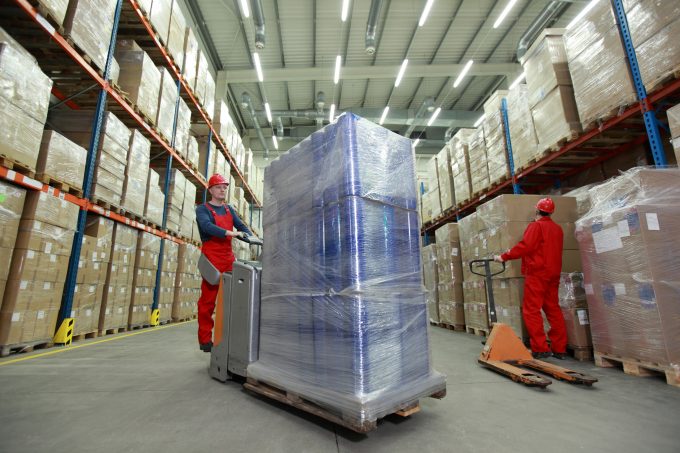Cooling demand increases warehousing vacancies, with rents inching down
Cooling demand has ended the long run of increasing warehousing costs and nudged the average ...

One by one, sectors in the US logistics industry have watched prices slump from the peaks of 2022.
Ocean carriers and truckload operators led the downward charge, followed by air cargo carriers and LTL providers – even parcel rates have come under pressure.
Warehousing rates, however, seemed impervious to the weakening market and may well remain at lofty levels, as construction of new facilities has slowed to a crawl.
Commercial real estate information firm CoStar reported that logistics warehouse construction starts have slumped across the US to their lowest level since Q1 14, the result of weakening demand and high interest rates prompting developers to rein in new projects.
Net absorption has declined in the retail sector, but even 3PLs have shown diminished appetite for more warehouse space, CoStar noted.
Atlanta, one of the powerhouses of recent years, added 6.2m sq ft of warehouse capacity over the past four quarters, 70% below the average in the previous two years and less than half the average net absorption rate the Atlanta market had shown over the past five years.
Prologis, the leading warehouse developer in North America, has felt some of the impact, but it reported its Q3 results yesterday and beat market expectations. Revenue advanced from $1.15bn a year ago to $1.78bn, but this included revenue from Duke Realty, which Prologis acquired last year for $26bn. Adjusted net earnings were down 26.6% to $765m.
“Our results reflect strong execution by our team and the quality of our portfolio,” said CEO Hamid Moghadam. “That said, until there is more stability in the economy, negative customer sentiment will weigh on demand.”
The company’s occupancy rate was 97.1%, down 60 basis points from a year ago. Customers signed new leases on 46.4m sq ft of warehouse space, a contraction of 9%, year on year.
According to CoStar, the full impact of the drop in new construction will not be felt until late next year. Most current projects will be completed, but many of these started late owing to shortages of building components, which means they were launched when the market was still hot. Last year, construction starts reached their highest level in 30 years.
In a paper on global trends last month, Prologis predicted that new building deliveries would contract by 35% or more in the US and Europe in 2024.
Nevertheless, the paper shows a positive outlook for warehouse developers and providers. Prologis analysts found e-commerce re-accelerating and customers were still building-in resilience to manage persistent disruption. In addition, they pointed to incremental demand from diversified sourcing and new routes involving more ports of entry.
At the same time, capacity growth will be limited by an institutionalised developer and investor base, coupled with rising geographical and regulatory barriers.
These predictions, along with slow momentum in new construction, suggest warehousing rates will remain high.
Comment on this article